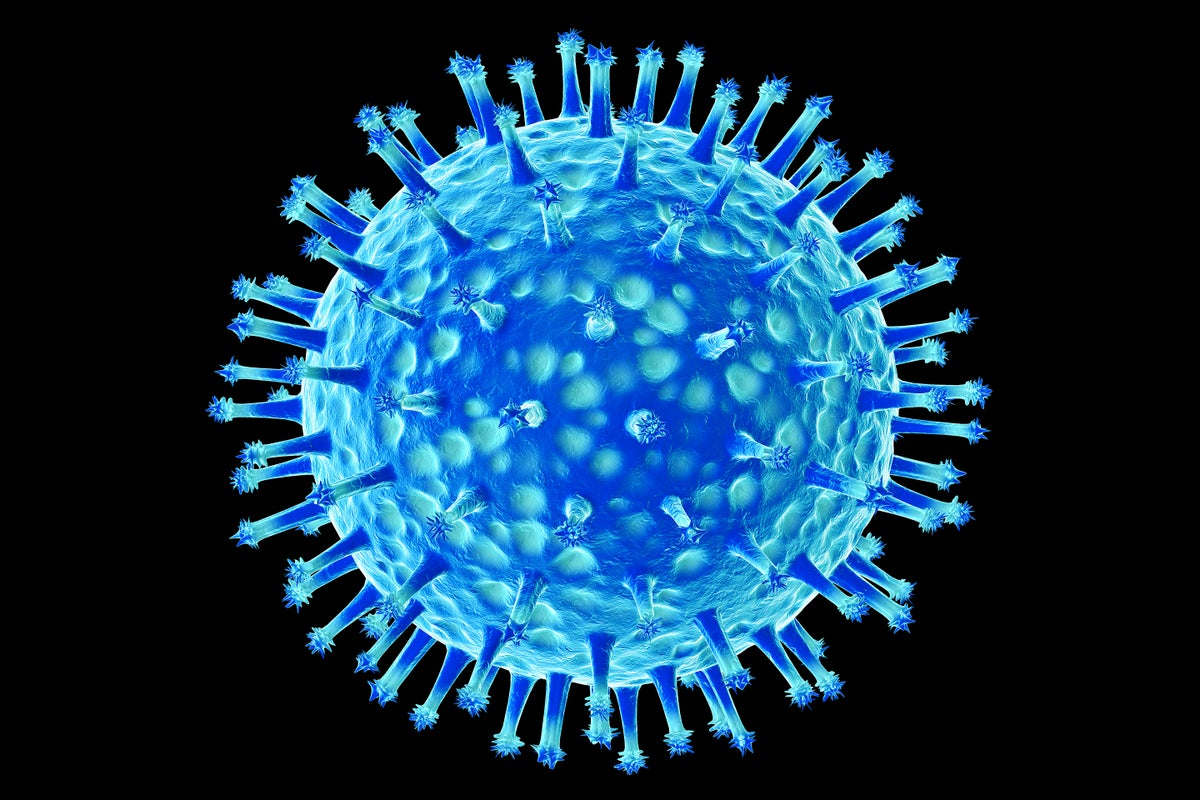According to a Centers for Disease Control and Prevention research released Thursday, H5N1 avian flu samples taken from a critically sick patient in Louisiana reveal evidence of changes that might increase the virus’s human transmissibility.
It is thought that the unnamed patient, who was admitted to the hospital with severe respiratory symptoms, got bird flu by being around ill and dead birds in a backyard flock.
The unidentified patient is said to be over 65 with underlying medical issues and is the second individual in the US to be hospitalized with the illness. The viral strain that infected the Louisiana patient was distinct from the one that infects dairy cows and occasionally infects farmworkers in the United States.

The virus may be able to adhere to cells in the human upper airway, according to genetic analysis of two samples taken from the Louisiana patient.
Because bird flu viruses like H5N1 usually bind to cell receptors present in birds and other animals but not frequently in humans, researchers believe that is concerning. For this reason, avian flu usually doesn’t transmit from person to person or infect people. The CDC also reported that a sample from a teenager hospitalized with avian flu in British Columbia had one of the mutations.
Although the results indicate that the virus can change in ways that could increase its human transmissibility, researchers refrained from predicting that a pandemic is imminent.
“It’s a good thing that there is no evidence that this person has spread it to others,” stated Dr. William Schaffner, an infectious diseases specialist at Vanderbilt University Medical Center. “It is obvious that we must continue to focus on this and, if anything, intensify it further.”
There is no proof that the alterations were “functional,” which would suggest the virus could genuinely adhere to the upper airway, multiply, and transmit to other people, according to Dr. Paul Offit, a specialist in infectious diseases and vaccines at Children’s Hospital of Philadelphia.
“I believe it would be concerning if there were unambiguous and conclusive proof that the virus has changed to the point where it can attach to the binding receptors in the upper respiratory tract, which include the lining of the nose, throat, and windpipe, and thus reproduce itself there,” Offit stated. “But the report didn’t say that.”

“Continuous genomic surveillance in humans and animals, containment of avian influenza A(H5) outbreaks in dairy cattle and poultry, and prevention measures among people with exposure to infected animals or environments are crucial,” the CDC stated in the paper.
According to the organization, there is still little risk to the general population.
According to the CDC, as of Friday, there have been 65 confirmed human cases of H5N1 in the United States, most of which have been connected to contact with infected poultry or dairy cows. However, a CDC research released in November revealed indications of asymptomatic bird flu illnesses in farmworkers, so that figure is probably underestimated. None of the instances have any indications of person-to-person dissemination.
A virus known as D1.1, which was found in the Louisiana patient, is closely linked to other viruses that have been found in wild birds and livestock in the United States as well as in recent human cases in British Columbia, Canada, and Washington state.
According to the CDC, its investigation revealed no alterations linked to indicators that would indicate antivirals, including Tamflu, wouldn’t be effective against the virus. That is among the requirements set by the EPA for the implementation of a bird flu vaccination.
On the social media site X, virologist Angela Rasmussen, who focuses on newly emerging infectious diseases, wrote that the patient’s mutations were absent from bird samples, suggesting that the alterations occurred in the patient following infection and aren’t affecting wildlife.
That’s “good news,” she added, as “it suggests ‘human-adapted’ viruses aren’t emerging in birds and reduces risk of transmission to another person.”
Rasmussen said that despite the increase in human cases, “the H5N1 situation remains grim.”
“There’s only so much we can predict from these sequence data, and we don’t know what combination of mutations would lead to a pandemic H5N1 virus,” she stated. “However, the likelihood of a pandemic virus emerging increases with the number of infected humans.”





